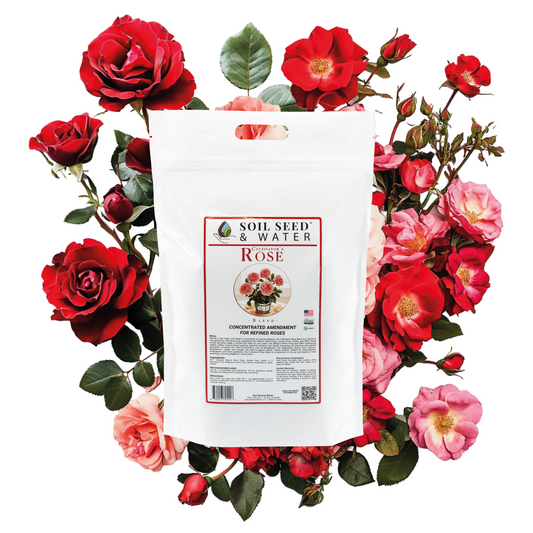
How to Plant Organic Date and Palm Trees in the United States
Share
Table of Contents
- Introduction
- Choosing the Right Location
- Selecting the Right Variety
- Soil Preparation and Organic Amendments
- Planting Techniques
- Irrigation Practices
- Organic Fertilization and Nutrient Management
- Pest and Disease Management
- Pruning and Maintenance
- Harvesting and Post-Harvest Handling
- Conclusion
1. Introduction
Date and palm trees are valuable crops in various parts of the United States, particularly in warm climates such as California, Arizona, Texas, and Florida. Growing them organically ensures healthy soil, sustainable practices, and high-quality fruit production. This guide outlines best practices for planting and maintaining these trees organically using inputs such as organic fertilizers, worm castings, and dairy compost.
2. Choosing the Right Location
Palm and date trees require a hot, dry climate with well-draining soil. They thrive in USDA hardiness zones 9–11. An ideal location should receive full sun exposure for at least six hours per day and be protected from strong winds that may damage young plants.
3. Selecting the Right Variety
Choosing a variety suited to your region ensures optimal growth. Popular date palm varieties in the U.S. include:
- Medjool (soft, large fruit, widely cultivated)
- Deglet Noor (semi-dry, excellent for processing)
- Barhi (soft and sweet, best for fresh consumption)
For ornamental palms, species such as the Canary Island Date Palm (Phoenix canariensis) and the Pindo Palm (Butia capitata) are commonly grown.
4. Soil Preparation and Organic Amendments
Palm and date trees prefer sandy, well-draining soil with a slightly acidic to neutral pH (6.0–7.5). Before planting, enrich the soil with organic amendments:
- Dairy compost: Improves soil structure, water retention, and microbial activity. Find high-quality dairy compost here.
- Worm castings: Enhance nutrient availability and soil aeration. Purchase premium worm castings.
- Organic fertilizer: Provides slow-release nutrients essential for healthy root and leaf development. Explore organic fertilizers for palm and date trees.
5. Planting Techniques
- Dig a hole twice as wide as the root ball but no deeper.
- Mix the removed soil with organic amendments before refilling.
- Place the tree in the hole, ensuring the root ball is level with the soil surface.
- Firmly pack the soil and water thoroughly to eliminate air pockets.
6. Irrigation Practices
Palm and date trees need deep but infrequent watering. Organic mulching helps retain moisture and suppress weeds. Establish a schedule:
- Young trees: Water 2–3 times per week.
- Mature trees: Water deeply every 10–14 days.
Drip irrigation is an efficient method to deliver water directly to the root zone while conserving moisture.
7. Organic Fertilization and Nutrient Management
To ensure healthy growth, apply organic fertilizers strategically:
- Spring: Apply dairy compost and worm castings at the base.
- Summer: Supplement with an organic fertilizer high in potassium and phosphorus.
- Fall: Add another layer of organic matter to sustain microbial activity during dormancy.
Recommended organic fertilizer for palm and date trees.
8. Pest and Disease Management
Organic pest management relies on preventive measures:
- Introduce beneficial insects like ladybugs and predatory mites.
- Use neem oil and insecticidal soaps to control common pests such as spider mites and scale insects.
- Apply compost tea as a natural foliar spray to enhance tree immunity.
9. Pruning and Maintenance
Pruning helps maintain tree structure and fruit production:
- Remove dead or diseased fronds.
- Trim flower stalks for better energy allocation to fruit-bearing fronds.
- Sanitize tools to prevent disease spread.
10. Harvesting and Post-Harvest Handling
Date palms produce fruit 4–7 years after planting. Harvesting occurs when dates change color and soften. Post-harvest steps include:
- Air-drying dates in a shaded area.
- Storing in a cool, dry environment to prevent spoilage.
- Packing in breathable containers for distribution.
11. Conclusion
Growing date and palm trees organically ensures sustainability while maintaining soil health and producing high-quality fruit. By using dairy compost, worm castings, and organic fertilizers, growers can optimize tree health and yields without relying on synthetic inputs.




